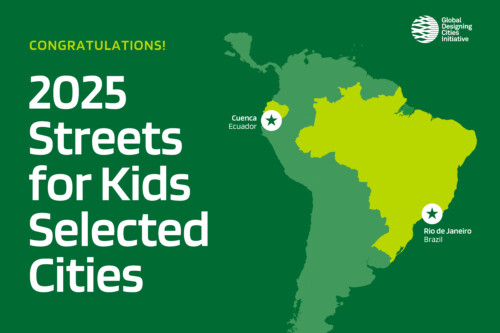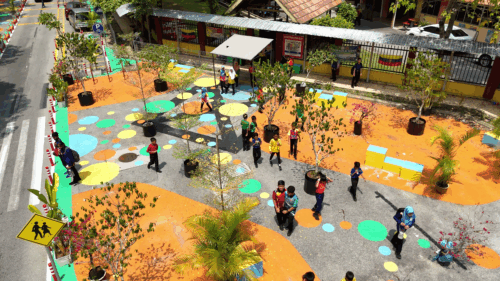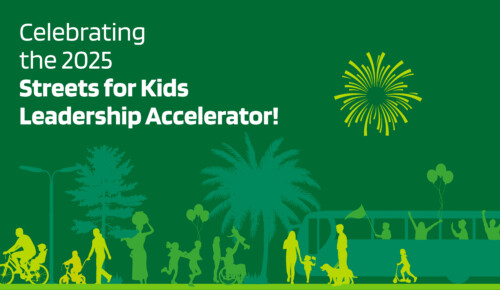Join the Global Designing Cities Team, led by their Chair, Janette Sadik-Khan at Habitat III in Quito, Ecuador from the 17th -19th of October!
Sessions hosted by the global team will range from presentations and discussions, to pop up events and active, audience engaging workshops. The presentations on the content of the Global Street Design Guide will explain multiple benefits of street design and discuss how the ‘People’ and ‘Place’ approach is the way forward to designing urban streets. These sessions will showcase street designs that challenge the status quo, highlight best practice examples from around the world, and bring to light ‘ What is possible?’ in the public realm.
The workshop activities will give the audience an opportunity to practice a ‘people’ and ‘place’ approach, on real street examples. The aim is to encourage the audience to think of a more equitable spatial distribution of the street, taking every user into consideration. Participants will create street designs with the help of interactive–physical– visual tools, that they can held and used to explore different street designs.
Please find a list of all the NACTO-GDCI events below, supported by our various collaborators and partners, and feel free to contact us for more information at global@nacto.org
- The City of Future from Citizen’s Perspective, IBD at 2:00 pm on Monday, 17th October, Casa de la Cultura Ecuatoriana
- Keynote by Janette Sadik-Khan, Cities for Life at 4:00 pm on Monday, 17th October, Auditorium, Cultural Center of Catholic University
- Live Street Transformation Booth at 2:00 pm on Tuesday, 18th October, Block by Block, Habitat III – Urban Village
- The Global Street Design Guide Launch at 4:00 pm on Tuesday, 18th October, Casa de la Cultura Ecuatoriana”Benjamin Carrion”
- Life-Size Streets: Designing for People at 3:00 pm on Wednesday, 19th October, Habitat III Exhibition, B30












